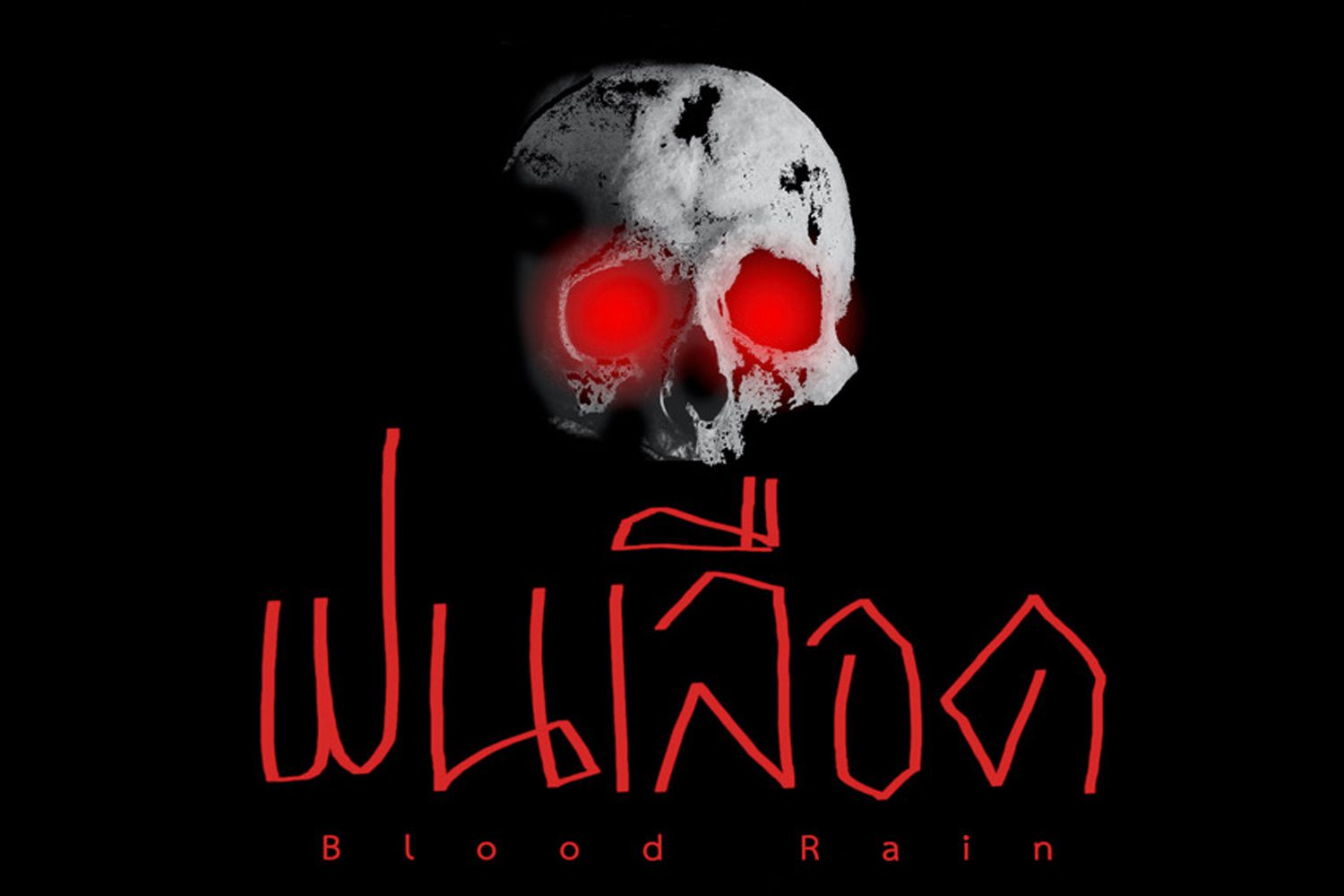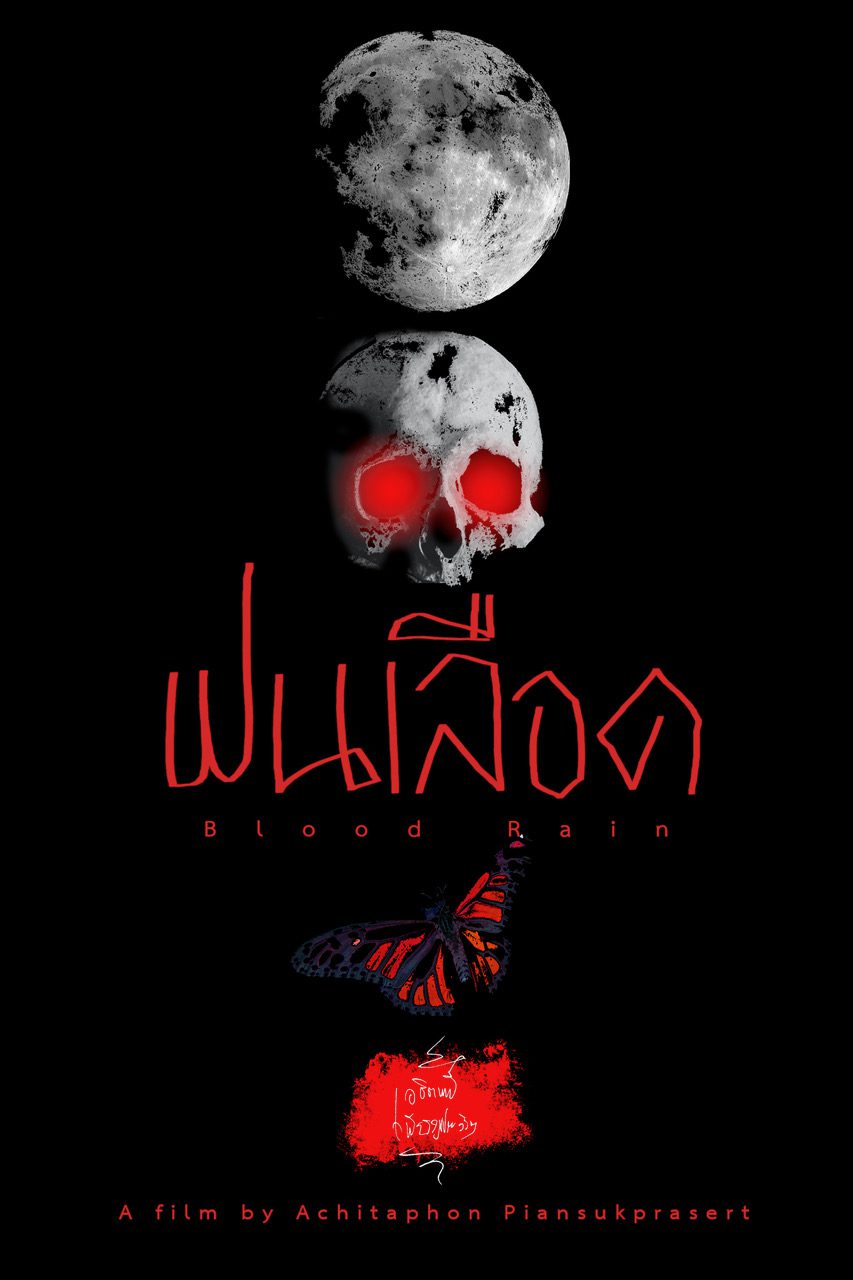BY DRAWING INSPIRATION FROM A GOTHIC NOVEL, THE DIRECTOR OF BLOOD RAIN INTRODUCES A FRESH AND DARING AESTHETIC THAT ACTIVELY ENGAGES THE AUDIENCE, PROMPTING THEM TO RECONSIDER THEIR PRECONCEIVED NOTIONS OF CINEMATIC ARTISTRY
TEXT: NUTTARAT PUNJAWILAIPIBOON
IMAGE COURTESY OF ACHITAPHON PIANSUKPRASERT
(For Thai, press here)
‘Blood Rain,’ directed by artist, writer, and independent filmmaker Achitaphon Piansukprasert, is a haunting animated journey that melds the ethereal presence of spirits with the relentless sound of rain. Achitaphon doesn’t just animate figures; he breathes life into them by tapping into the very roots of the word ‘animation’—derived from Latin terms meaning ‘spirit’ and ‘breath.’ This isn’t a mere linguistic nod; it’s a thematic foundation that echoes the principles of animism, the belief that all things harbor a moving spirit.

Drawing inspiration from Joseph Sheridan Le Fanu’s Gothic novel ‘Carmilla’—one of the earliest entries in vampire literature—Achitaphon crafts a narrative that’s more homage than adaptation. The original story delves into the life of Laura, a young woman who embarks on a same-sex romantic relationship with the enigmatic vampire Carmilla. But don’t expect ‘Blood Rain’ to retell this tale word for word. Instead, Achitaphon channels the essence of ‘Carmilla,’ using his impressions to expand on supernatural themes and intertwine them with the intricate context of Thai society.
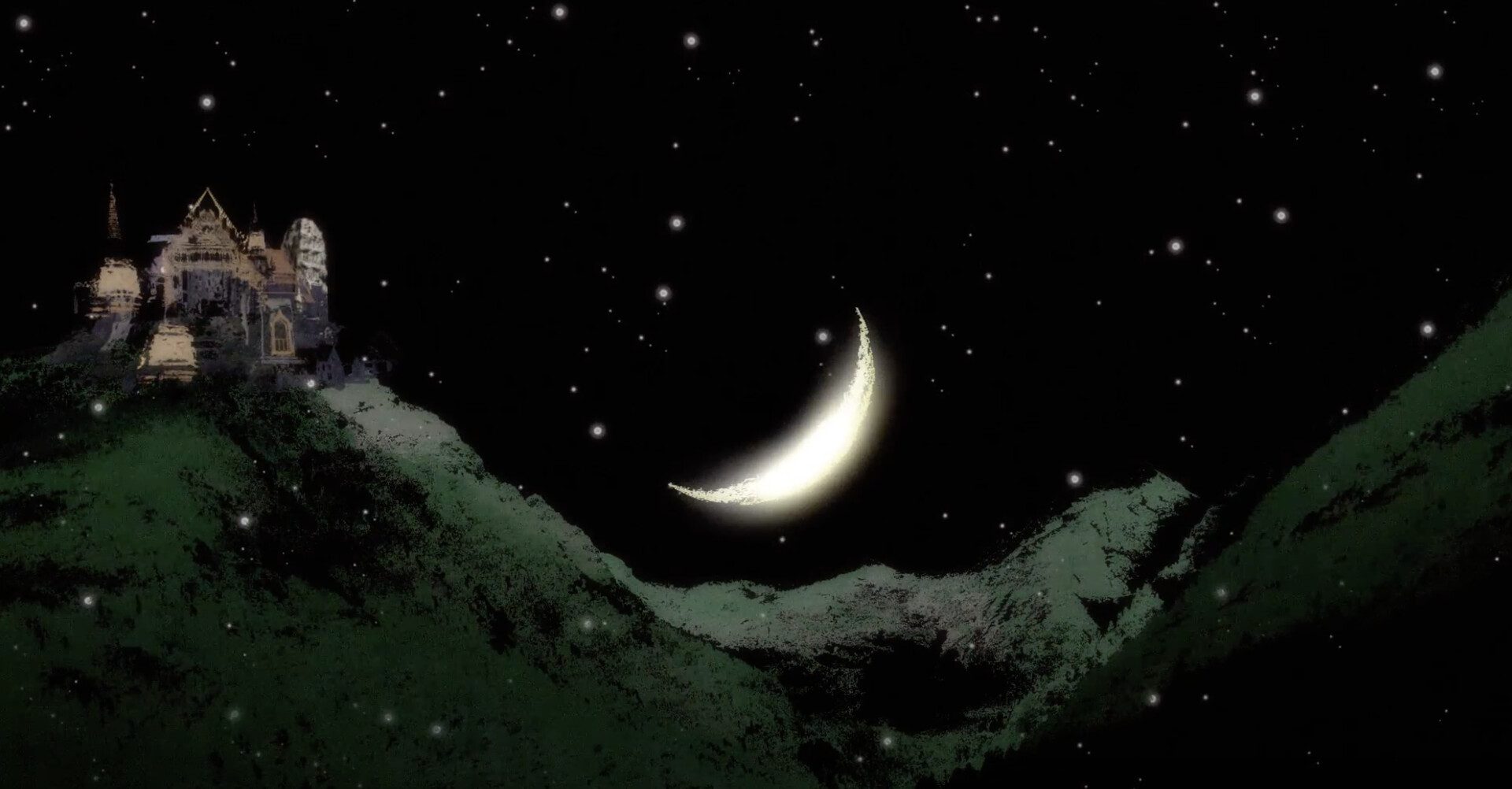

In ‘Blood Rain,’ the opening shot confronts viewers with the phrase, “You are the ghost,” immediately setting a tone that transforms the audience into spectral observers. Throughout its hour-plus runtime, every frame seems to depict the world through the eyes of spirits—a perspective starkly different from that of the living. The visuals are distorted, surreal, and undeniably spine-chilling. Blurry flames dance hypnotically, photographs fade into obscurity, and a skull pierced by a sword lingers ominously on the screen. It’s as if we’re stepping directly into the realm of wandering souls.
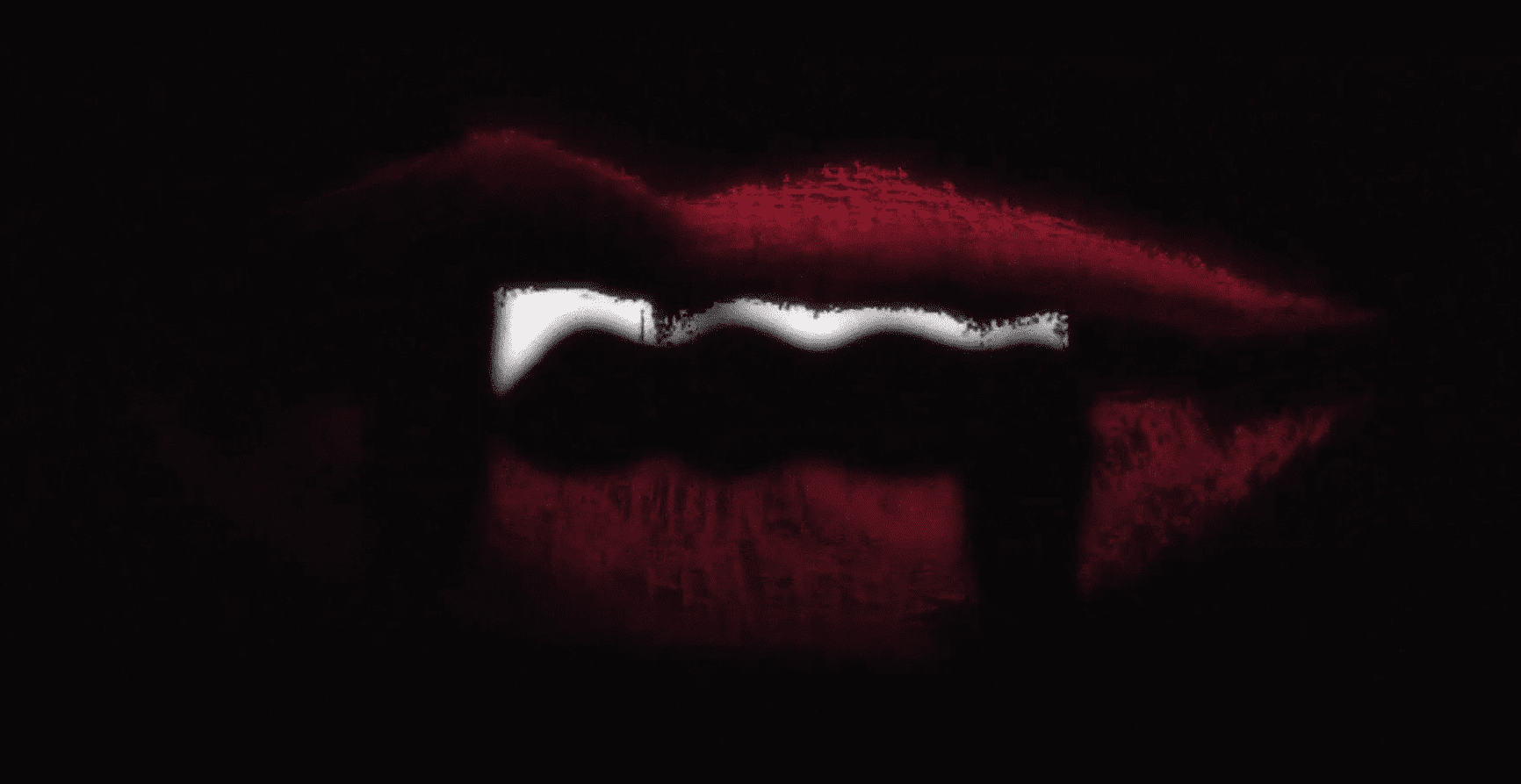

The persistent sound of falling rain serves as the film’s poignant backdrop, possibly symbolizing ghosts roaming a tropical land of incessant downpours (a possible reference to Thailand). Themes of violence and death saturate the narrative, with the blood-tainted rain aligning perfectly with the title, ‘Blood Rain.’ Intermittent sounds mimic knocking on wood, eerily reminiscent of taps on a coffin during a funeral. The cinema itself transforms into a colossal coffin, a sensation that culminates when the film concludes with a blaring alarm, echoing like a signal heralding a cremation ceremony.
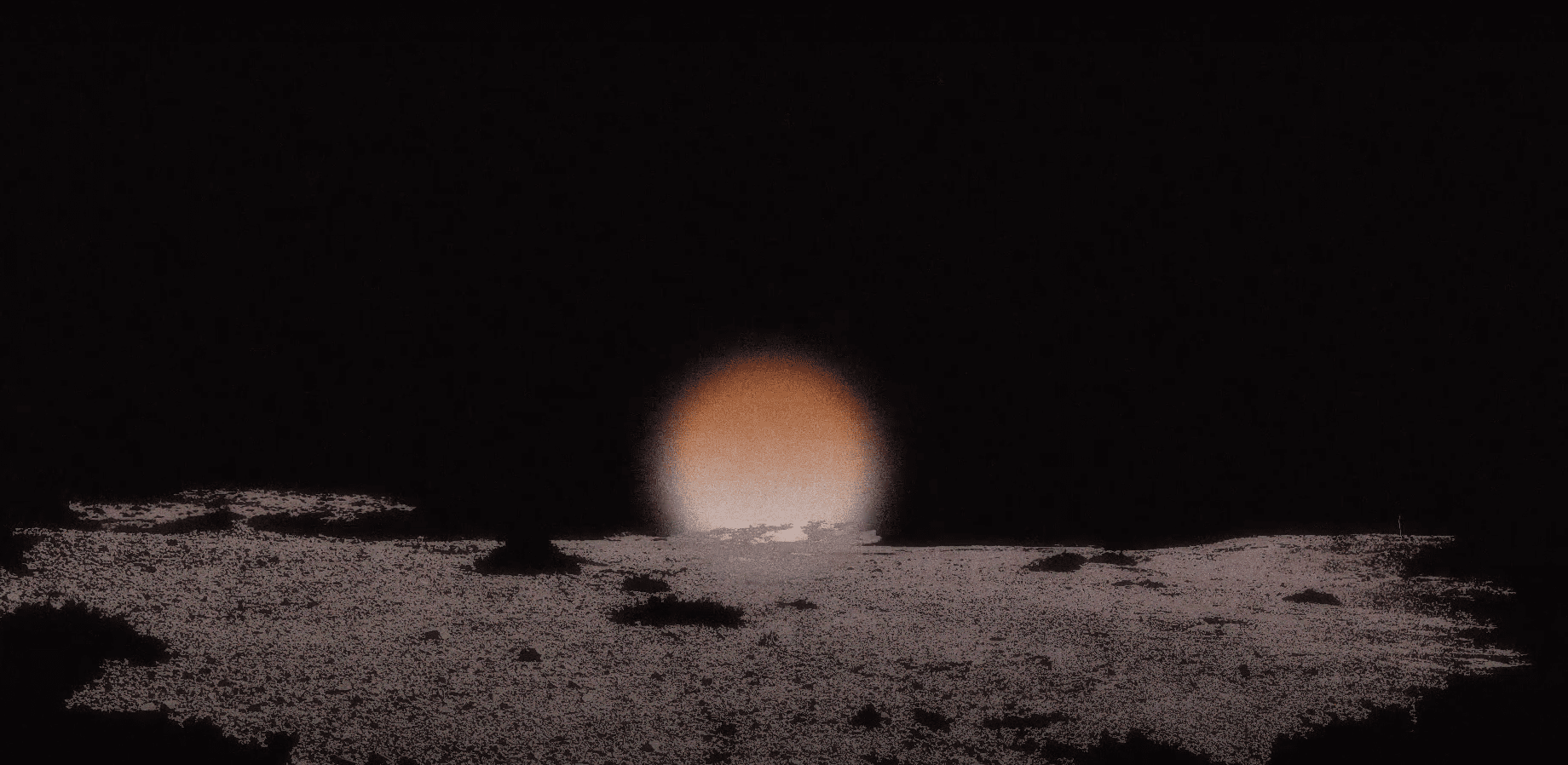

‘Blood Rain’ isn’t crafted for conventional enjoyment; its elements deviate sharply from traditional storytelling formulas. There’s no plot, no climax, not even a resolution. The film invites comparisons to ‘Begotten,’ E. Elias Merhige’s surreal 1989 work that presents explicit violence through stark, high-contrast black-and-white imagery. However, Achitaphon positions the audience not just as viewers but as characters within the spectral narrative. Beyond being an admirable act of artistic courage—taking fragments of his impressions from the novel to craft such a unique vision—’Blood Rain’ offers a profoundly challenging aesthetic that genuinely toys with its audience, delivering an experience that’s as provocative as it is unsettling.

